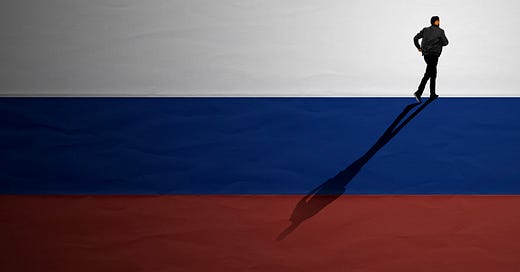Here Is How Vladimir Putin Amplifies the Inexorable Russian Demographic Crisis With His War in Ukraine.
Blinded by his expansionist madness, Putin is squandering Russia's future for generations.
In 2006, Vladimir Putin considered the demographic decline in Russia as “the most serious problem” of the country. Sixteen years later, the Russian president is once again faced with the same inexorable slide. The war in Ukraine will not help: voluntary departures, mobilization, and losses in combat will further aggravate the demographic disaster that b…
Keep reading with a 7-day free trial
Subscribe to Sylvain Saurel’s Newsletter to keep reading this post and get 7 days of free access to the full post archives.




